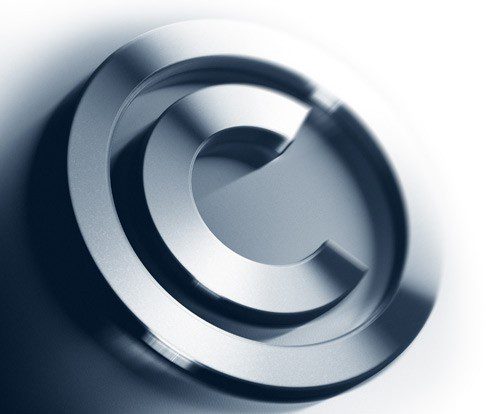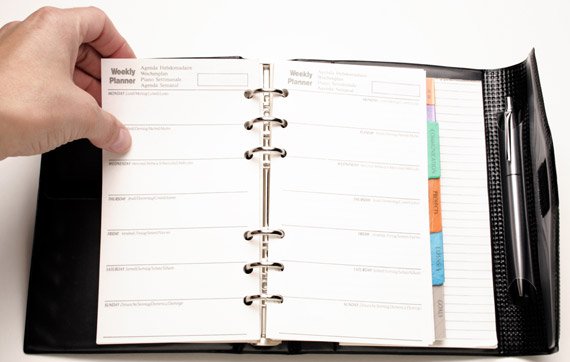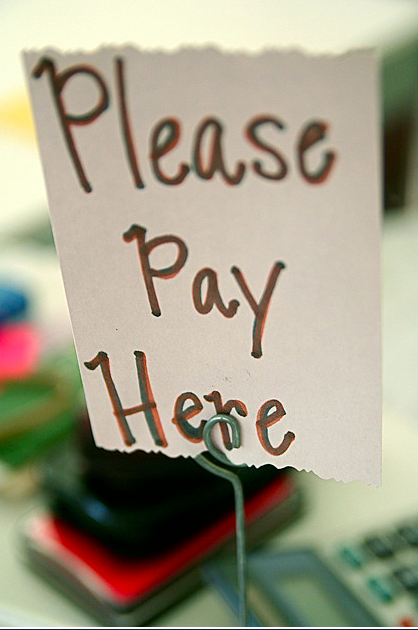
A lot of people feel uncomfortable talking about money, even in those situations where they have every reason to, like wanting to get paid for services rendered. If you’re a freelancer, you’re working for yourself, which means you handle every aspect of the business, and that includes setting your pay. You don’t want to drive people away by charging too much, and yet you don’t want to go broke by charging to little.
Here’s a list of things to consider when you’re trying to figure out how much to charge a client.

When it comes to billing, remember that no two jobs, or two clients, are the same.
Upfront Deposit

10 quick tips for first time freelancers
Unless you know the person you’re working for, there’s always the chance that you may get stiffed on your pay. Some designers and writers ask for a deposit up front, say 50%. In the world of freelance writing, some companies draw up a contract where you get one-third of your money when you sign the papers, another third when you deliver the first draft, and the last third when you submit the final draft.
Flat Rate Versus Variable Rate

Popular (But Bad) Freelancing Advice You Should Ignore
Do you do one rate fits all pricing, or do you want it to vary? While it’s certainly easier to just assign a flat rate to all projects, that’s not taking into account the possibility of having to do extra work. And let’s face it, which is more likely to happen with a project: it ends up taking less time than expected, or takes more time? Right. When choosing a rate, you might also want to consider an odd-even pricing strategy. So, with that in mind …
How Many Hours Will It Take?

8 Contract Clauses You Should Never Freelance Without
This requires a good knowledge of your own work habits. How long does it take you to design a logo, or write a blog entry? Once you get a good grasp on your typical pace, you need to figure out how many hours you think the project will need. Remember that you’re not only getting paid to use your talents, you’re also getting paid for the hours of your life you would otherwise be doing other things with. The hours that you work on the project are called “billable hours”, which is the time spent directly working on the project or meeting the client(s) about the specific project in question.
Does It Require More Than Just Design/Writing?

46 Must-Read Productivity Tips for Freelancers
Whether you’re designing a web page, making a masterpiece on Photoshop, or writing a white paper on a product, you need to ascertain if the project will require more work than the simple act of creation. Are you expected to visit the client for planning meetings or progress reports? Does the subject require extensive research? Do you need to track people down to get information? Who knows, perhaps you need to take a trip out to acquire specific tools for the job. You need to make sure that you have a good idea of just how much time, from start to finish, the project will take.
Do You Give A Break To Loyal Repeat Customers?

25 Awesome Tips to Become a Successful Freelancer
Some designers give a break to regular customers, sort of a way to foster ongoing goodwill. Maybe you give them a price break if they give a referral who then hires you. This is something you should nail down before you even charge your first customer.
What Forms of Payment Do You Accept?

How to receive payments: 10 tools for freelancers
Every form of payment has its positives and negatives. If you accept checks only, then you can deposit them with no worries about fees, but you’re also vulnerable to the old “check’s in the mail” dodge. You can do PayPal, but the service does have its 2% fee, and it takes a few days to transfer the money from your PayPal account to your regular bank account. Maybe you accept all of them and hope for the best!
Taxes!

The Finances of Freelancing: Tax Tips for Confused Contractors
Whatever you end up charging, remember to factor in the unpleasant reality of taxes. As a self-employed professional, you’re responsible for all Federal, State, FICA, and Medicare taxes, and that can really add up.
You will notice that for all of the words dedicated to this subject, there’s been no mention of actual hard numbers. That’s because it varies depending on what your profession is. Here’s a quick formula you can try out. Say that a graphic designer makes $65,000 a year, and you’re doing it freelance. Let’s also say that you incur $5,000 a year in work-related expenses. That gets you to $70,000. If you’re a full-time freelancer working a 40 hour week, but only 30 of those hours are billable hours, then you multiply 30 by 52 (as in, weeks in a year), which means 1,560 billable hours a year. Dividing $70,000 by 1,560 gets you $44.8, but let’s round it up to $45. There you go; $45 an hour.
Whatever you do, don’t work for free. That sets a dangerous precedent.
Photo Credit: Photopin.com



